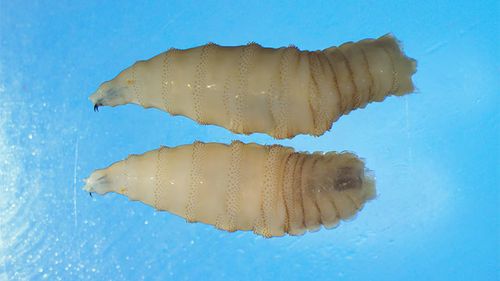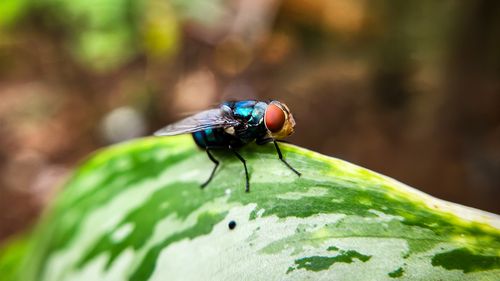At least 30 people have been infected with a potentially deadly flesh eating parasite in Nicaragua as the previously eradicated New World screwworm (Cochliomyia hominivorax) continues its resurgence across Central America.
The parasite made a devastating comeback in 2024, infecting livestock, wildlife and in rare cases humans across Panama, Costa Rica, Honduras, Guatemala, and Mexico.
Now Nicaragua’s health ministry has confirmed at least 30 recorded cases, two of which required lifesaving hospital treatment.

“If those worms hadn’t been removed, they would have destroyed their brain,” said Nicaragua’s Institute for Agricultural Protection and Health director Ricardo Somarriba, per the British Medical Journal.
One of the two patients had more than 100 parasites removed, a process Somarriba described as “painful” and “very distressing” to witness.
Infection occurs when New World screwworm fly larvae infect the flesh of living mammals, usually after a fly has laid hundreds of eggs in or around open wounds or mucous membranes (such as the nose or mouth).
The larvae then hatch and feed by burrowing into healthy tissue with sharp mouth hooks, often leaving large open wounds behind.

The New World screwworm (Cochliomyia hominivorax) was eradicated from Central America, Mexico, and the US in the 1990s, an effort that cost an estimated $US800 million (approx. $1.2 billion).
But tens of thousands of animal infections have been recorded in Panama, Nicaragua and Costa Rica since its resurgence in 2024.
Human infections remain rare compared to livestock cases, accounting for less than one per cent of reported cases.
The parasite has been spreading north and ever closer to the US border, prompting the US Department of Agriculture (USDA) to temporarily halt live cattle imports from Mexico in November 2024.
“This swift spread endangers millions of animals and threatens the livelihoods of ranchers across the region,” Jeremy Radachowsky, Wildlife Conservation Society’s Regional Director for Mesoamerica, said at the time.
“Time is of the essence. Past unified efforts have shown we can eradicate the New World screwworm, but the window to contain this outbreak is closing rapidly.”

The deadliest animal in Australia over the past 20 years revealed
Live cattle imports resumed on February 1 after the establishment of a quarantine system in northern Mexico.
Since then, hundred of Centres for Disease Control (CDC) employees have reportedly been terminated by the new Trump administration, including specialists at the Epidemic Intelligence Service that are key to managing emerging public health threats.





